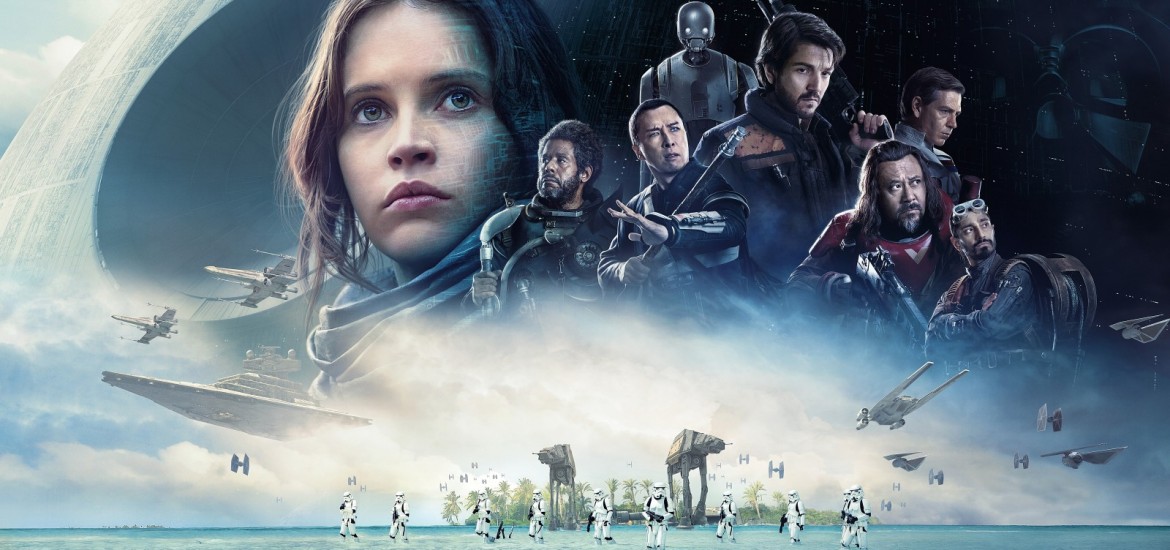NOTE: In the interest of preserving the theatrical experience for viewers, this review is as spoiler-free as possible. It touches on themes and includes overall impressions, but it does not contain any specific details about the plot aside from what has been shown in trailers.
It is a period of civil war. Rebel spaceships, striking from a hidden base, have won their first victory against the evil Galactic Empire.
During the battle, Rebel spies managed to steal secret plans to the Empire’s ultimate weapon, the DEATH STAR, an armored space station with enough power to destroy an entire planet.
These iconic words form the first two paragraphs of the opening crawl to Star Wars Episode IV: A New Hope. For nearly 40 years, fans have imagined how this battle–the Rebellion’s first victory–went down. With Rogue One: A Star Wars Story, this question is finally answered.
Directed by Gareth Edwards and written by John Knoll, Gary Whitta, Chris Weitz, and Tony Gilroy, Rogue One is the first major Star Wars film set outside of the Skywalker saga. Its close proximity to A New Hope lends the film a familiar atmosphere while still giving the creative team room to try something new.
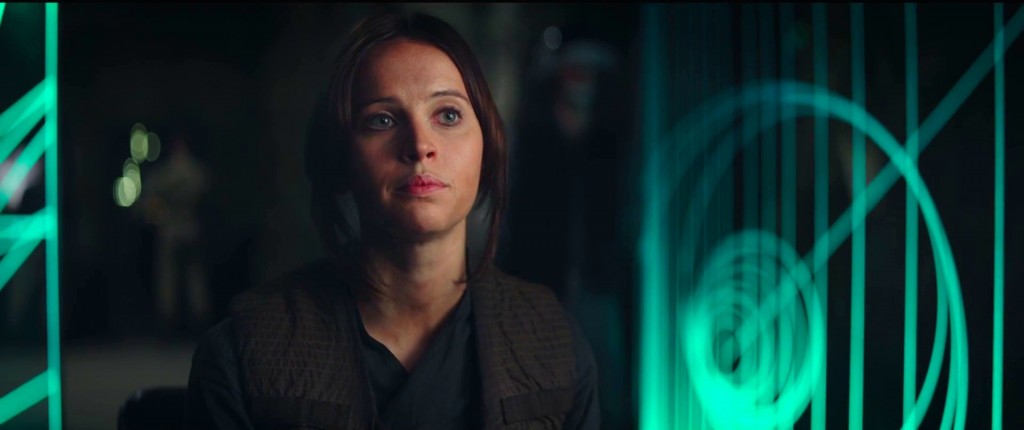
Felicity Jones stars as Jyn Erso, the daughter of the brilliant scientist who designed the Death Star. Jyn is a reluctant hero who goes from a prisoner to an inspirational figure over the course of the film. Along the way, she teams up with a rebel spy named Cassian Andor (Diego Luna), the sarcastic droid K-2SO (Alan Tudyk), blind spiritual warrior-monk Chirrut Îmwe (Donnie Yen) and his protector/friend Baze Malbus (Wen Jiang), and pilot Bodhi Rook (Riz Ahmed). Together, they manage to do the impossible and steal the plans to the Death Star. Each member of the ensemble cast is entertaining and fully realized, but K-2SO and Chirrut steal the show. Unlike the group dynamic in the saga films, this band of rogues often has competing agendas and might not be entirely trustworthy, which makes for some interesting tension among the team.
Director Orson Krennic (Ben Mendelsohn) does a fantastic job as the movie’s main antagonist. A former friend of Jyn’s father Galen Erso (Mads Mikkelson), Director Krennic has used his connections and influence over Galen to rise to power. Unfortunately, constant setbacks with the construction of the Death Star have put Krennic on thin ice with the Emperor, Darth Vader, and Grand Moff Tarkin. Many other characters play surprising roles large and small, from resistance fighter and Clone Wars TV show veteran Saw Gerrera (Forest Whitaker) to Mon Mothma and other Rebel Alliance leaders. In a couple of cases, Lucasfilm even manages to pull off the impossible, showcasing their ability to perform feats which some like Palpatine would consider to be unnatural.
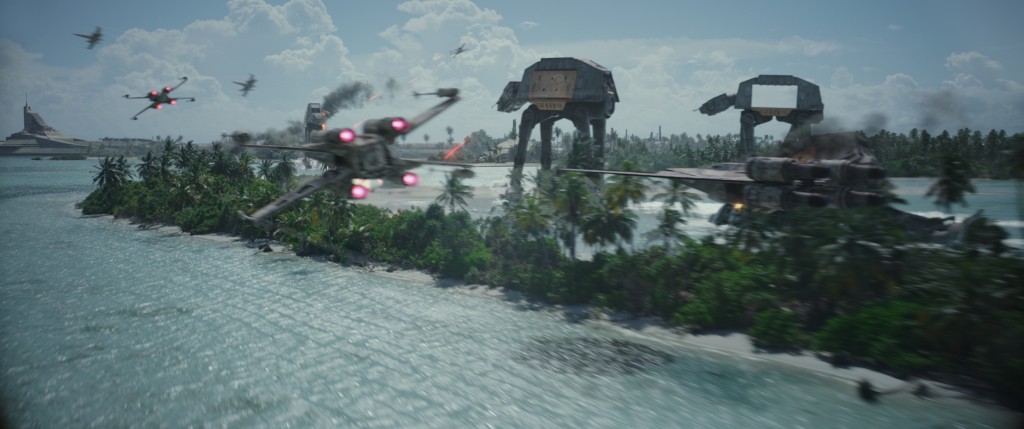
Rogue One takes viewers to a wide range of planets from tropical paradise Scarif to Jedha, a desert planet filled with believers of the Force. Each planet feels real and lived in thanks to the incredibly detailed sets and ILM’s excellent digital effects. The film even introduces each planet’s name the first time it’s shown on screen, another first for Star Wars. The space battles are some of the most impressive out of all of the Star Wars films, and the ground battles are gritty and realistic without being gory. This is very much a war movie, but it’s paced well enough that it slowly builds up to the climactic third act rather than inundating you with non-stop action from start to finish.
Speaking of the opening, Rogue One eschews the iconic opening crawl for a much simpler logo. It takes a bit of getting used to, and the first time you see the film you can’t help but feel like something is missing. This is also the first Star Wars film to be scored by someone other than legendary composer John Williams. While discerning ears will undoubtedly notice the void left by Williams, Michael Giacchino does a commendable job immersing viewers in the galaxy through his music. I wasn’t too sure about the main theme at first, but by the end I was humming it as I walked out of the theater.
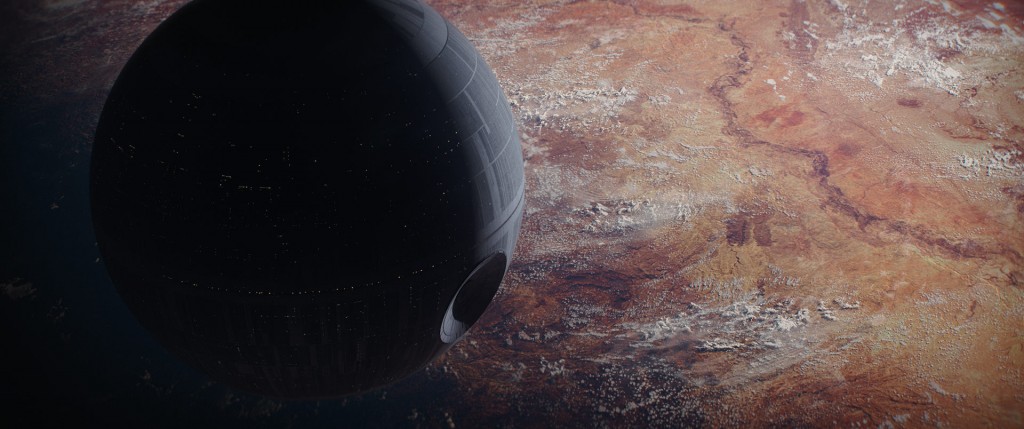
Rogue One‘s self-contained story makes it very accessible to new viewers, but longtime fans are sure to be thrilled by the many little cameos and references to other Star Wars works, especially Rebels. The film also sets up many of the situations we see in A New Hope, explaining how or why things happened the way they did. The end of the film dovetails perfectly into what’s come before, and fans exiting the theater will almost certainly want to re-watch the original Star Wars film right away.
Rogue One: A Star Wars Story is fun, action-packed, and surprisingly emotional. It successfully tries something fresh and new while preserving the feeling of a Star Wars film. The movie’s twists and turns are sure to keep you on the edge of your seat, even if you’ve been devouring all of the spoilers you could find over the last few years. Don’t miss it when it opens in theaters on Friday, December 16.
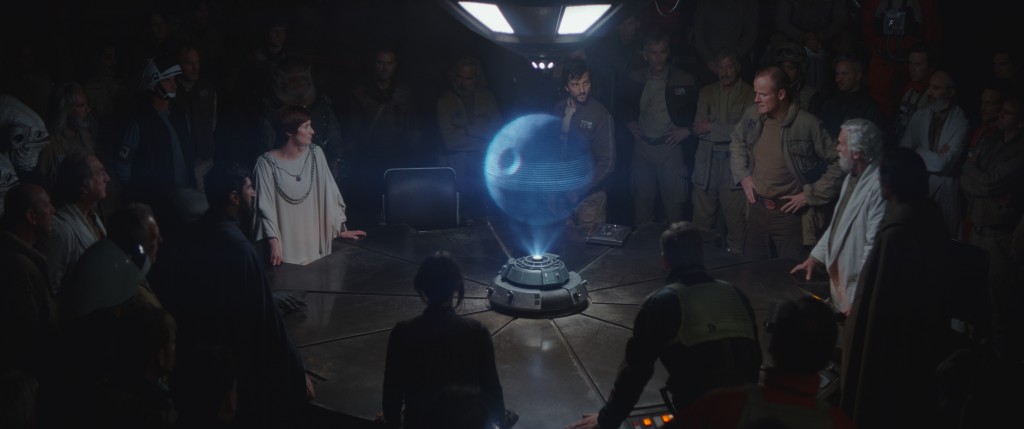
For more on Rogue One: A Star Wars Story, listen to the Ion Cannon Podcast’s spoiler-free review with special guests Anthony Breznican and Aaron Goins.
—William Devereux (Master Devwi)
Author: William Devereux
William Devereux is the Editor-in-Chief of the Star Wars Report and one of the hosts of the Ion Cannon podcast. When he’s not talking about Star Wars, he works at Microsoft as a Product Manager.
